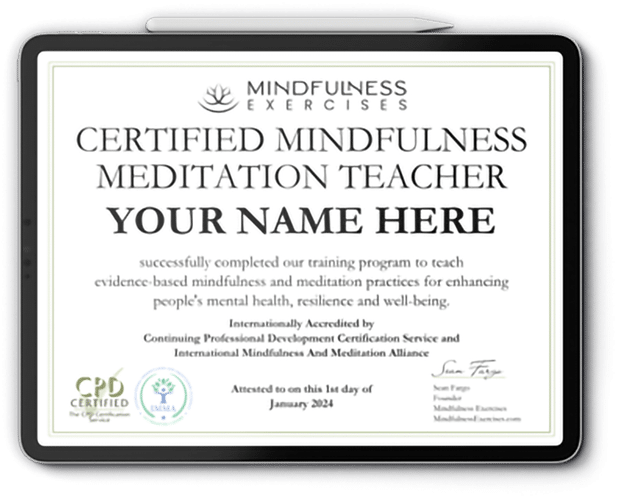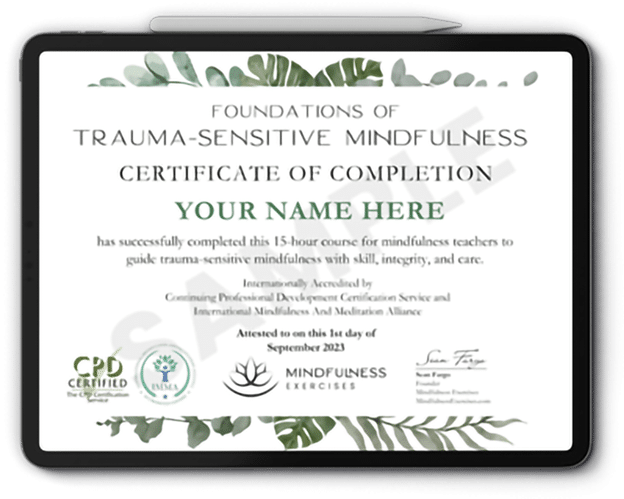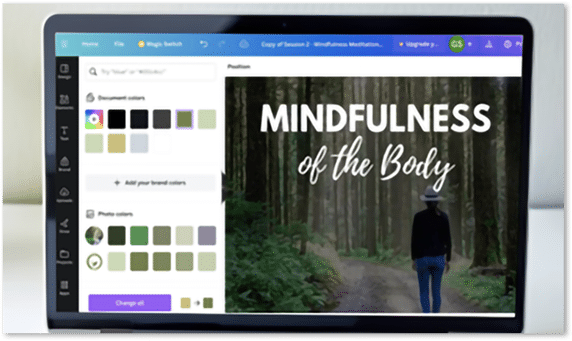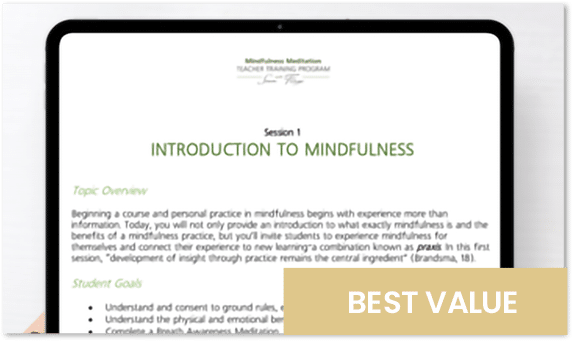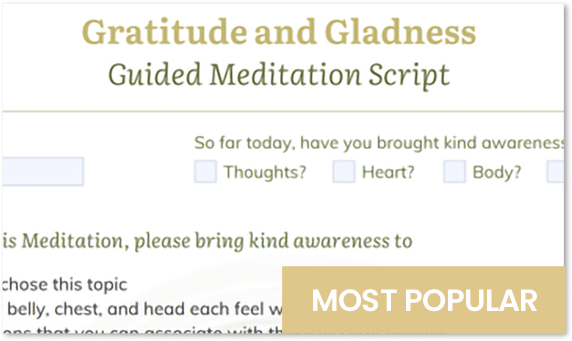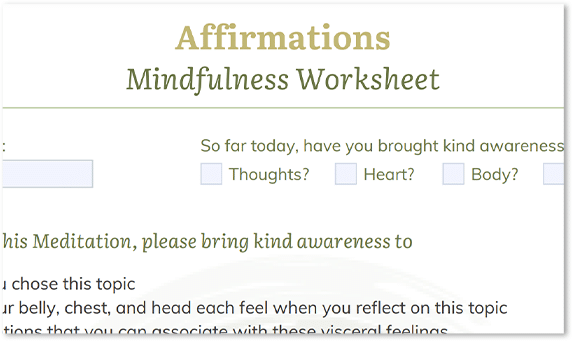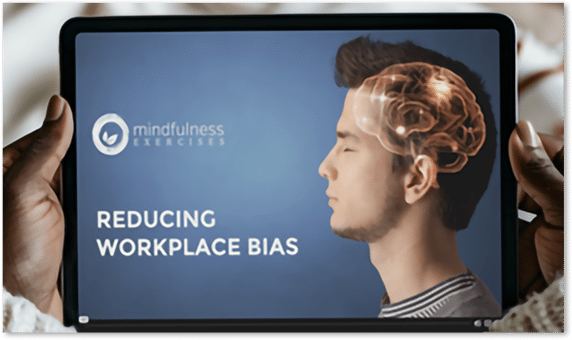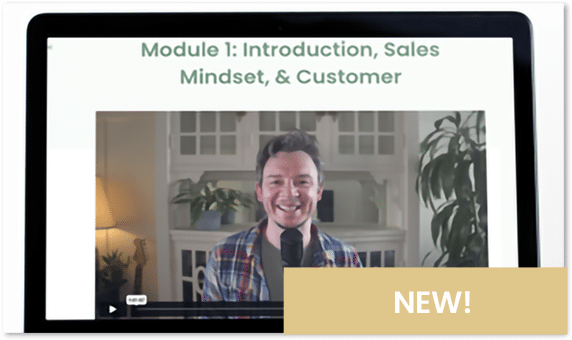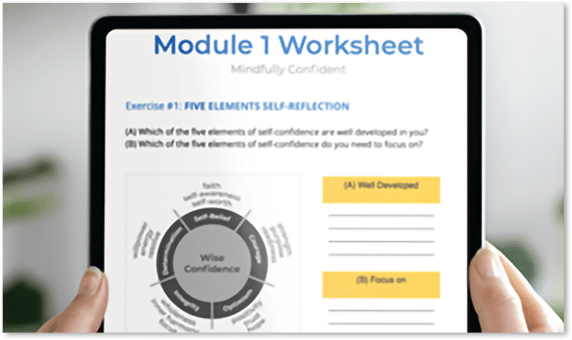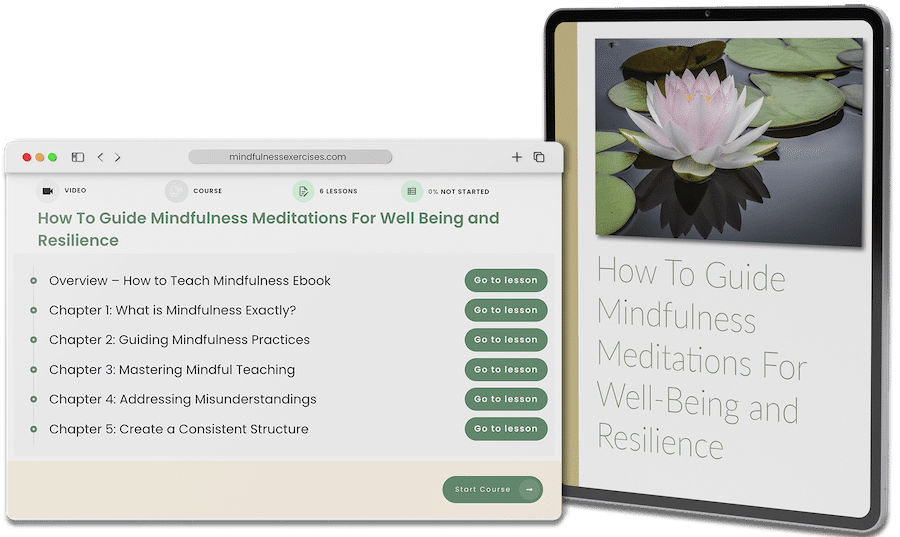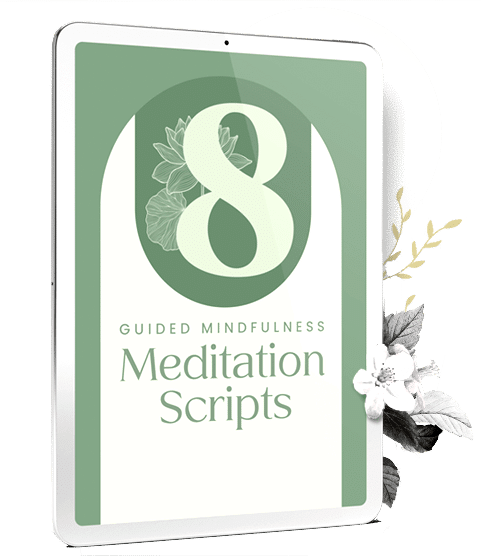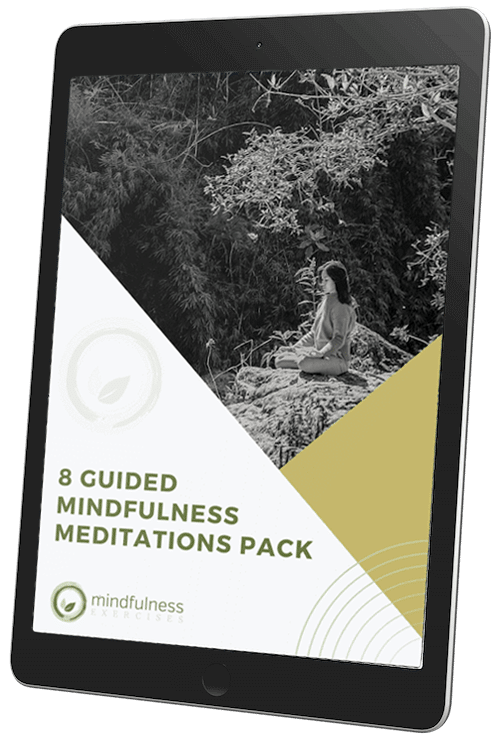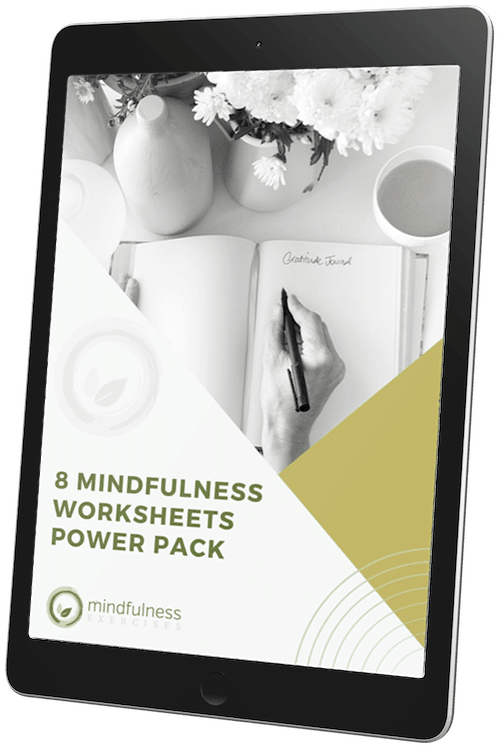[ai_playlist id=”200049″]
Guided Standing Meditation Part 01, by Ayya Anandabodhi:
–
Transcript:
So the few minutes, we’re going to move into a walking meditation. And there are a lot of here, the first year session with ___ and the ___ for those who would like to attend that. Highly recommended. And for those who ___, they won’t be doing the yoga. ___ the walking meditation. So, like I was saying in the old ___ postures are a skillful, it’s like letting to bring attention to how it is right now in this situation, and so in walking meditation, of course, we walk around all the time in our lives. Most of us. It’s a normal thing. And after, we’re not really present when we’re walking. Like when walking, thinking about what where getting to, or having some memory or you know, or it were somewhere else. So we’re learning in the practice here, is a very simple thing to be here. But we have to keep reminding ourselves to be here because we’re always popping off somewhere else.
So in the walking meditation, we choose a straight path between two points. And we know where our path begins, and we know where we ends. So we might have to mark out the beginning and the ending, or we might just recognize a sign, like a tree, or a stick, or something. And then we simply begin with standing as we were just doing earlier. And then we walk step-by-step, being present with each step, until we get to the end of the walking path. And then when we get to the end, we stop and we stand and we turn, and step by step walk back.
And we don’t, in the ___, we don’t especially do slow walking. So it’s just a little bit slow than you normally would. And there are many benefits to walking meditation. So sometimes, people think it’s like a second rate form of meditation, compare to sitting. You know, if you sit, you can get really still and concentrate and it’s like a blissful state. Walking is more, is a little more agitating, and in some ways, more engaged. But in the first tradition, walking meditation is a very big part of the practice. In true practicing mindfulness while walking, you really integrate the awareness practice into the movement of life rather than just in stilling of conditions. So it’s very important to, you know, it’s the concentration when we have those times of really settling and stilling and going deep in the sitting practices. It’s really important. But what’s more important is to be able to bring awareness to whatever is going on. And then in the four foundations of mindfulness, the Buddha is pointing to bring mindfulness to whatever is going on. And there’s no judgment to it. It’s just knowing. So we know when the mind is restless. We know when it’s peaceful. We know when there’s greed. We know when there’s absence of greed. We know when there’s heat. We know when there’s coolness. So it’s just knowing, and then we can know the experience. We can know what we do with the experience. So, it’s hot, and I wanted to be cooler. Or, it’s hot, and I love heat. I want more of it. And so we can say these things. Knowing the condition, and then knowing the extra we’re putting in liking or not liking. Or indifference. Ignoring.
So in walking meditation, we’re going to have a 15-minute walking meditation period. So we want to give time for the yoga session. So it’s a little bit longer than often we do. And it might be during that time that yourself is thinking that… I’ve had it with this walking.
So, just know that. And keep going. And see what happens. Because I found that there’s a point ___ I really had enough. So, keep going and then something shifts. And the mind settles into that rhythm and presence of walking. So I’d like to encourage you to do that.
Do you want to say anything?
I just want to say that if you’re coming to the yoga session, either this morning or this afternoon, you just need to wear comfortable clothes. You don’t need to wear anything special, so just make sure that you’re comfortable and you can move and I will have a 5-minute ___ to make your way up, and also you can use the restroom and in 5 minutes to make your way back down in time for the session after.
And who’s the bell ringer for the end of the walking? Thank you.
Okay, so are you needing 10 minutes or 5 minutes before?
10.
So, if you can ring the bell at 10:35 and then we’ll see here at 10:45.
—
Material on this site is licensed under a Creative Commons Attribution-Noncommercial-No Derivative Works 3.0 License
330MindfulnessWorksheets
Step-by-step guidance for developing mindfulness for your health, relationships, career, meditation and more!
50% OFF
- Safely download them all to your own computer
- Nicely designed PDF’s with writable fields to add your reflections, answers and journal entries
- Expertly designed for both beginners and advanced mindfulness practitioners
- Organized into separate folders, based on health, relationships, career, self-discovery, purpose, formal meditation, and more
- Evidence-based practices for increasing a sense of peace, calm, clarity, care and confidence
- 100% Money-Back Guarantee
200+ GUIDED Meditation Scripts
Discover the world’s most popular mindfulness meditation scripts that make a positive impact on people’s well-being.
50% OFF
- Safely download them all to your own computer
- Elegantly formatted for you to read easily and confidently at your own pace
- Learn how to do many new mindfulness meditations , while deepening your experiential understanding of the one’s you’re practiced
- Evidence-based meditations for cultivating calm, self-compassion, embodied presence and resilience
- Guide these meditations for others to make a positive impact on the qualify of their day-to-day lives
- 100% Money-Back Guarantee


